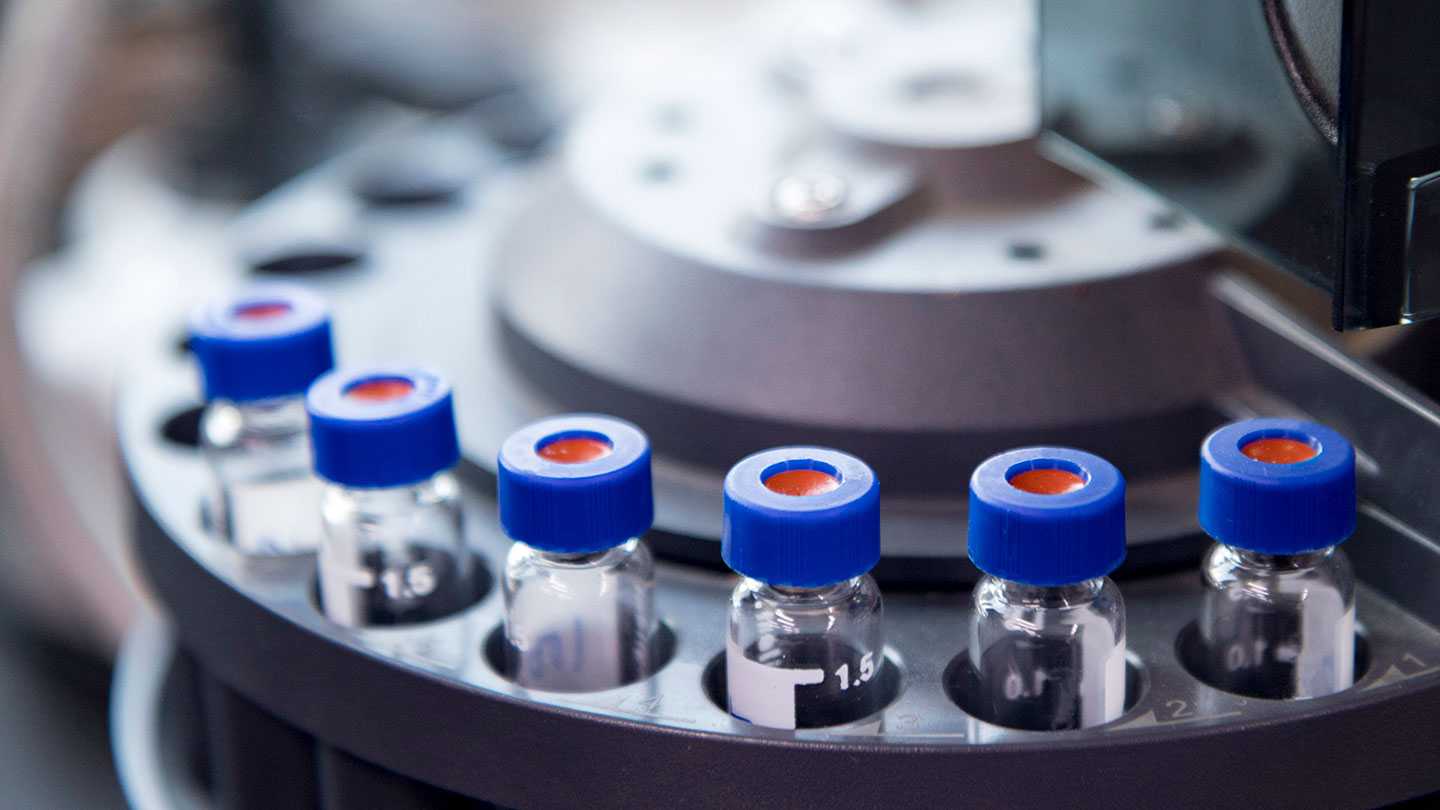Whilst the upfront costs associated with purchasing a gas generator are obvious, little is said about the ongoing costs after the initial purchase; this article explores those in more detail, helping you to make an informed decision about your future gas supply.
A heavy price to pay
For anyone that has considered purchasing a gas generator, I’m sure that the upfront cost of purchasing the unit factored in your thought process, and while it’s true there is a significant cost associated with purchasing the unit, that’s not all you should consider. Take the running costs for example – you may have been informed that the cost of consumables is reasonable, and they are compared to the purchase of the unit. However, one cost that may not be obvious is that of the energy required to run the unit which is sold as a simple ‘plug and play’ system. But, did you know that even a relatively small benchtop gas generator – such as the type that would be suitable for use with a gas chromatograph (GC) – requires a significant amount of power to run. This is going to negatively impact your energy bill at the best of times, but right now whilst electricity prices are at record highs, just the energy cost of running that generator could easily run to hundreds of pounds a year.
Heat is also worth mentioning as one of the unwanted by-products of a gas generator, much like energy costs heat is often overlooked, yet the amount generated by a benchtop hydrogen gas generator can be 1000BTU/hr equivalent to a small radiator or 1-2 industrial servers, enough to warrant air conditioning systems which of course come with yet more energy costs.
It’s worthwhile remembering the other running costs associated with a gas generator. While it is true that in recent times generators have become more reliable, they still require regular service and maintenance. To ensure generated gas purity specifications are maintained, users need to take out a separate service and maintenance package along with emergency breakdown cover, both of which add to the overall running costs of the generator.
While there isn’t a financial cost to this one, responsible companies are more conscious of their carbon footprint than ever and are actively looking to reduce it, electrical power consumption associated with generators is often overlooked.
Do you have a choice?
All this also depends on you having the freedom to make the switch, a move to gas generators obviously means moving to hydrogen as your carrier gas. An option that isn’t available for users of certain detectors, such as helium ionisation detectors (HID), pulsed discharge detectors (PDD) and pulsed discharge helium ionisation detector (PDDHID) which all need helium to operate.
Additionally, you might not have the option of changing carrier gas if your facility uses prescribed methods, for example laboratories working in environmental testing, as most EPA methods stipulate helium as a carrier gas.
Volume changes
A final thought for those considering generators is volume, as there is little to no flexibility in the volume of gas produced. Generators are generally specified around a specific analytical process, if the requirement increases this can result in the need to purchase additional generators. Gas cylinders, on the other hand, have the flexibility to easily adapt to the changing demands of a modern laboratory.
It’s also worth noting that when you consider that a cylinder of carrier gas used with a single GC will last a typical laboratory 5-6 months, the argument around the costs and inconvenience of changing over a cylinder don’t stack up. So, before considering a move to hydrogen generators, it’s worth fully understanding the total costs of ownership, including all those hidden expenditures that are not immediately obvious.
